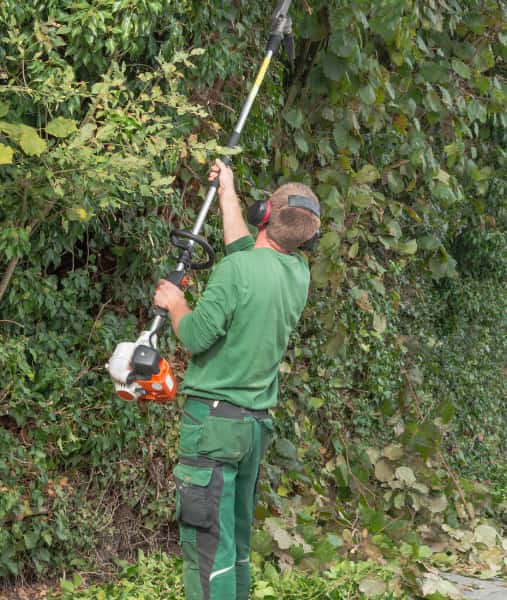Introduction: Trees are a vital part of our natural landscapes and powerful allies in the fight against air pollution and climate change. When done thoughtfully and strategically at Sudbury Tree Surgeons, tree reshaping can significantly enhance air quality and increase oxygen production in our urban and suburban environments. In this blog post, we will explore the important role that tree reshaping plays in promoting cleaner air and a healthier environment.
The Air Quality Challenge
Air pollution is a growing concern worldwide, with detrimental effects on human health and the environment. Urban areas, in particular, face challenges related to smog, particulate matter, and harmful gases released from vehicles, industries, and other sources. Poor air quality can lead to respiratory problems, cardiovascular diseases, and reduced well-being.
Trees as Natural Air Purifiers
Trees are nature’s air purifiers. Trees absorb carbon dioxide (CO2) from the atmosphere through photosynthesis and release oxygen (O2). In addition to producing oxygen, trees act as natural filters, trapping airborne pollutants such as dust, pollen, and various gases.
How Tree Reshaping Enhances Air Quality
Tree reshaping involves careful pruning and maintenance to improve a tree’s health, structure, and overall appearance. When performed strategically, tree reshaping can enhance a tree’s capacity to purify the air and produce oxygen in several ways:
- Optimising Canopy Density: Proper pruning can increase light penetration and air circulation within the tree’s canopy. This stimulates photosynthesis, allowing trees to produce more oxygen and effectively remove pollutants.
- Removing Deadwood and Diseased Branches: Deadwood and diseased branches can impede a tree’s growth and reduce its ability to photosynthesise. Removing these parts improves the tree’s health and increases its oxygen-producing potential.
- Reducing Overcrowding: In dense urban environments, trees may become overcrowded, limiting their access to sunlight and airflow. Tree reshaping can help create space for healthier growth and improved air filtration.
- Shaping for Improved Health: Proper shaping and pruning techniques help maintain a tree’s structural integrity and vitality. Healthy trees are better equipped to combat pollution and provide oxygen.
Choosing the Right Tree Species
While all trees enhance air quality, some species are particularly effective due to their robust growth and air-purifying capabilities. Examples include oak, maple, pine, and beech trees. Consulting with an arborist or tree care professional can help you select the most suitable tree species for your environment and air quality goals.
Conclusion: Tree reshaping is not just about aesthetics; it’s a powerful tool for improving air quality and increasing oxygen production in our communities. By strategically reshaping trees, we can optimise their health and air-purifying capabilities, contributing to a cleaner and healthier environment for everyone. Join us in the mission to enhance air quality, one tree at a time, and let nature’s cleaners work their magic in our urban landscapes.
Call us on: 01787 322 388
Click here to find out more about Sudbury Tree Surgeons
Click here to complete our contact form and see how we can help with your tree’s needs.

